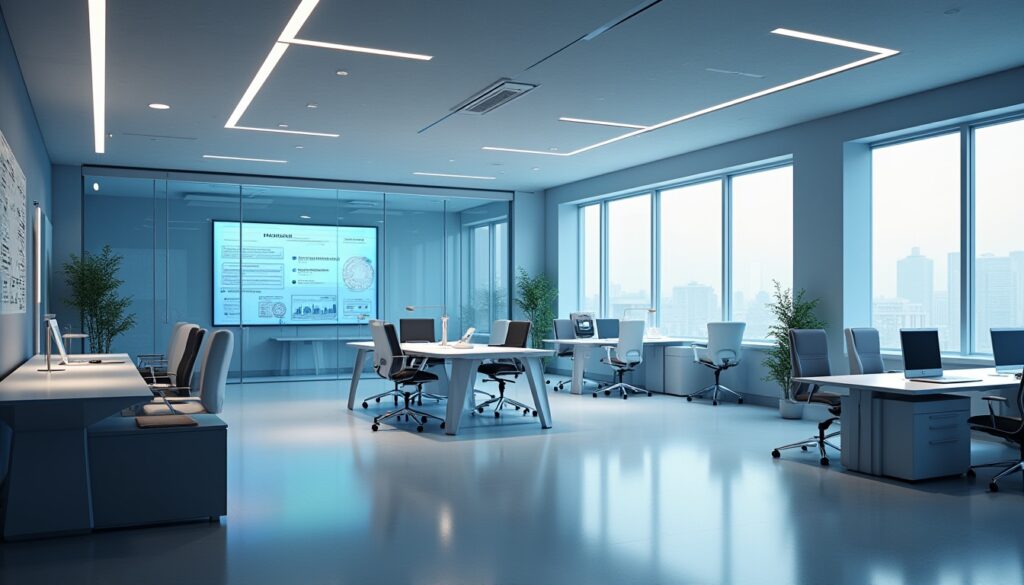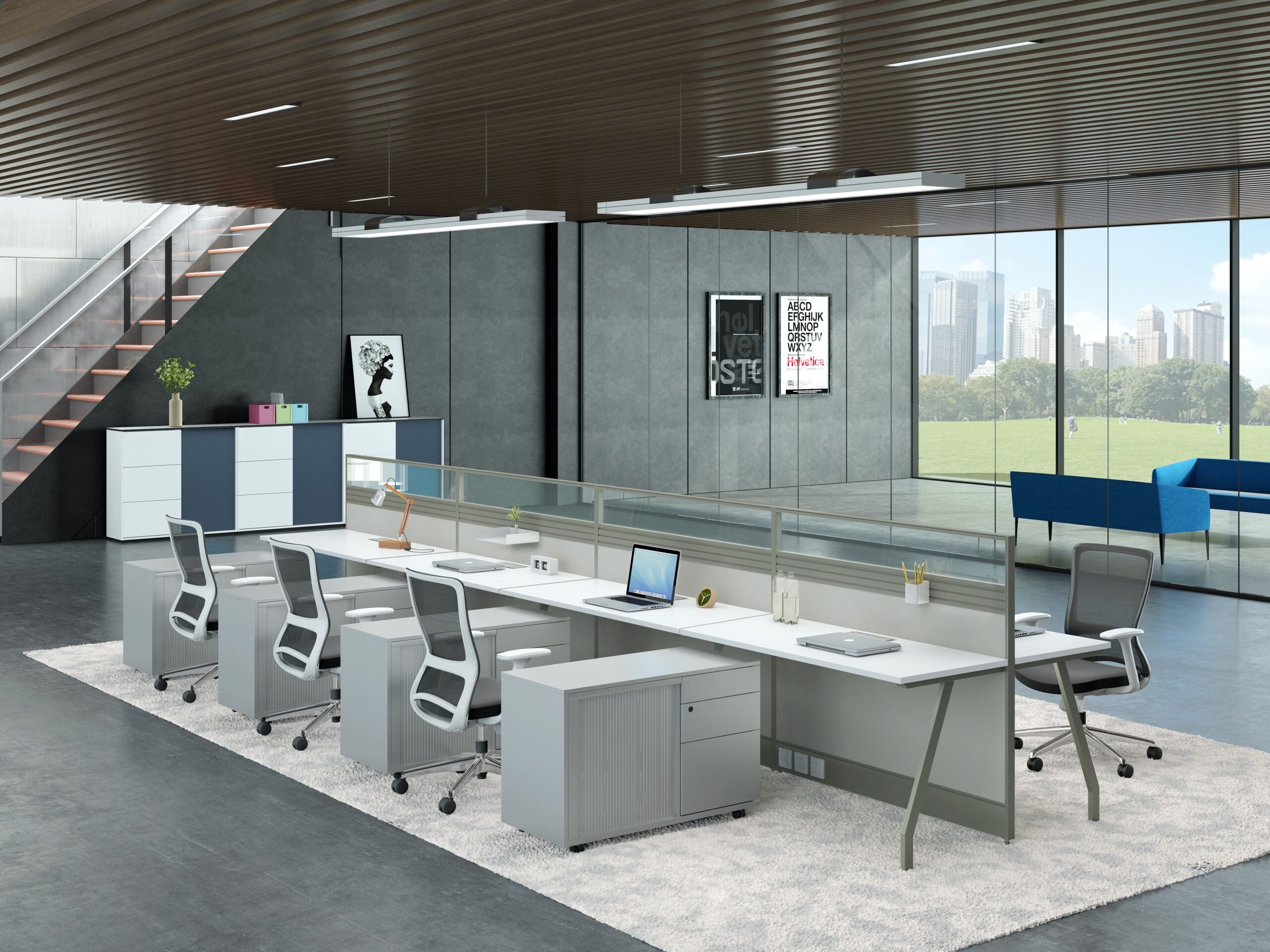The Future of Office Spaces: Why More Businesses Are Choosing Smart Offices
Work isn’t what it used to be—and neither are offices.
Gone are the days when an office was just a row of desks and a water cooler. Today’s businesses are reimagining what a workplace should look and feel like, and at the center of that change is the smart office. It’s not just about tech for tech’s sake. It’s about making work smoother, smarter, and more in tune with how people actually work.
So, What is a Smart Office?
At its core, a smart office is a workspace that uses technology to make day-to-day operations more efficient. We’re talking about things like:
1.Motion-sensor lights
2.Temperature that adjusts automatically
3.Smart desks that tell you which spots are free
4.Voice-activated assistants for meetings
5.Real-time occupancy tracking
It’s not a sci-fi fantasy—it’s just a more thoughtful version of the traditional office.
Why Are So Many Companies Making the Switch?
Three words: cost, convenience, and culture.
1.Cost-wise, smart offices often lower energy bills and reduce waste.
2.Convenience comes from automation—lights turn off when no one’s around, and you can book a meeting room with a tap.
3.Culture improves when employees have tools that support how they actually want to work—especially in hybrid setups.
We’ve worked with companies that saved thousands just by using smart climate control and reducing underused space.
Hybrid Work Made Smarter
The office is no longer a 9-to-5 mandatory zone. With more teams going hybrid, workplaces have to evolve too.
Smart offices help bridge the gap with:
- Integrated video conferencing setups
- Wireless screen sharing
- Booking systems for desks and rooms
- Digital collaboration tools
Imagine this: you’re coming in on Tuesday. You open your app, see which desks are available, book a spot, and the lights and temperature adjust when you arrive. It’s seamless—and it’s already happening.

Data Is Quietly Doing the Heavy Lifting
One of the coolest things about smart offices? They collect data that helps businesses make smarter decisions.
1.Sensors track which rooms are always full—and which ones sit empty.
2.Air quality monitors catch ventilation issues before anyone complains.
3.Foot traffic data can reveal how people actually move and collaborate.
Instead of guessing, you can tweak your space based on what your team really needs.
Is Sustainability a Factor? More Than Ever.
Green thinking is no longer just a trend—it’s a business priority. Many smart office features directly support eco-conscious operations:
1.Lights that dim or shut off when not in use
2.HVAC systems that adjust based on occupancy
3.Automated blinds that reduce heat from the sun
These changes don’t just cut costs—they show employees and clients that your business cares about the planet.
Is It Safe? Even Safer Than Before
Smart offices come with built-in security perks:
- Biometric or mobile access control
- Cameras with real-time monitoring
- Alerts for unusual occupancy or movement
Plus, many of these systems are cloud-based, meaning you can check in or make adjustments remotely. Facility managers love that kind of flexibility.
What’s the Catch?
Like anything, smart offices come with challenges:
- Initial setup costs can be steep
- Older buildings might need retrofitting
- Not everyone is comfortable with change (or being tracked by sensors)
That’s why successful adoption depends on planning, communication, and training. Start small, show the benefits, and build from there.
Can Small Businesses Get in on This?
Absolutely. You don’t have to go full sci-fi right away. A few small upgrades can make a big impact:
- Try smart lighting in shared spaces
- Add a room booking system
- Install energy monitors to track usage
Once you see how much smoother things run—and how much you save—you can scale up at your own pace.
Looking Ahead: What’s Next for Office Spaces?
The future office will be even more personalized. Imagine walking into a room that knows your preferred lighting and adjusts the temperature to your comfort level. AI-driven tools will suggest meeting times based on team habits, or shift workspaces to support how people naturally collaborate.
It’s not about working more—it’s about working smarter.

